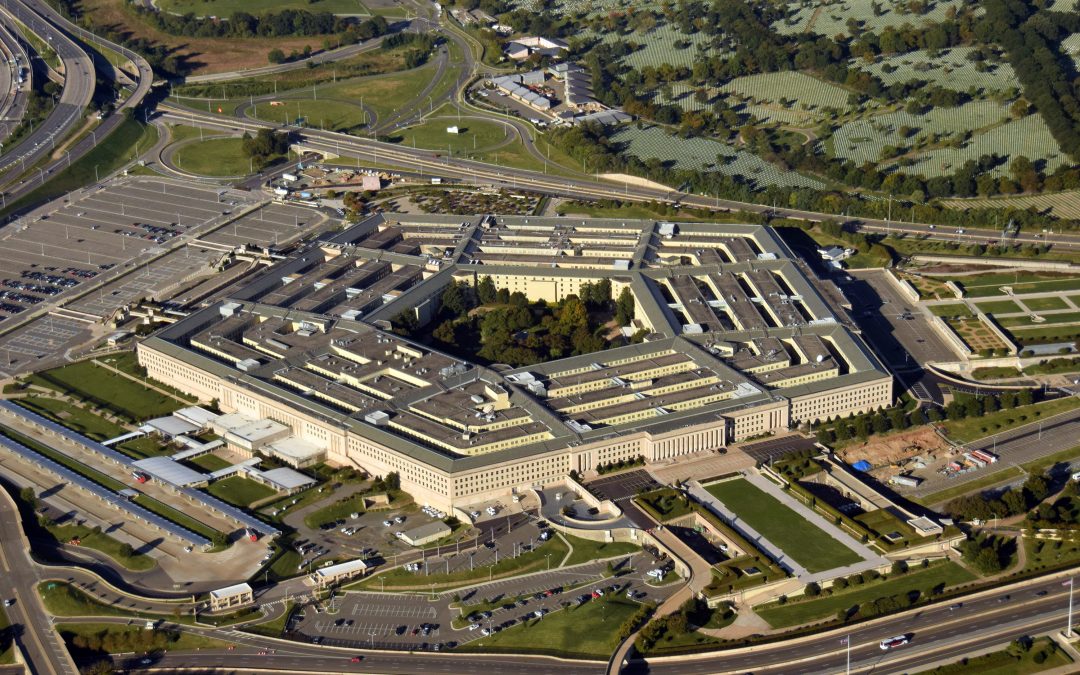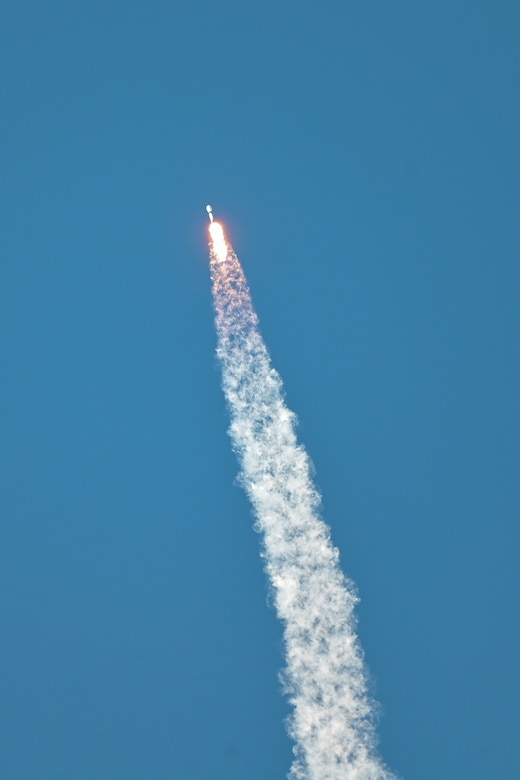Image: Shutterstock
“Over just the last few years, the quantity and quality of counterspace threats have increased significantly,”
What’s New: DOD information about threats in space. Most, if not all, is a rehash of publicly available congressional testimony. But it is significant that the department is highlighting the issue separately with this release
What to Know:
- Seems to us this release shows an extra level of concern – which is good/
- DOD is likely trying to provide an official alternative to information in leaked classified documents that have been in the press.
- Quote of Note – “China has already fielded ground-based counterspace weapons and it continues to seek new methods to hold U.S. satellites at risk. China is building a space architecture that enables its military to execute long-range precision strikes”
Grains of Salt: We have the greatest respect for those who serve our country. Still, it is always good to carefully think about what they are saying and why. Can you think of why official DOD statements to Congress and the public might be:
- Too pessimistic?
- Too optimistic?
- Just plain wrong?

Official Details Space-Based Threats and U.S. Countermeasures
April 26, 2023 | , DOD News
“For the Department of Defense space is essential to how we compete and fight in every domain. It provides us with a missile warning and missile tracking critical to defending our homeland. It provides position navigation and timing to strike targets with precision. And it provides communication in austere environments to support global command and control. To put it simply, space-based missions are essential to the U.S. way of war,” he said.
Plumb testified today at the House Armed Services Strategic Forces subcommittee hearing on national security space activities.
Over just the last few years, the quantity and quality of counterspace threats have increased significantly, he added.
China has already fielded ground-based counterspace weapons and it continues to seek new methods to hold U.S. satellites at risk. China is building a space architecture that enables its military to execute long-range precision strikes, he said.
“China ultimately seeks to challenge our ability to conduct joint operations in the Indo-Pacific,” Plumb said.
Russia is developing, testing and fielding its own counterspace systems, including ground-based and space-based kinetic anti-satellite weapons. “These are aimed at degrading and denying U.S. space-based services,” he said.
The president’s $33.3 billion space budget for fiscal year 2024 invests in the capabilities necessary to meet these challenges. This investment reflects an increase of roughly 15% from FY23, he said.
The budget request will accelerate resilient design architectures and provide investments in research, development, testing and experimentation, he said, adding that it will further integrate space-based services across the joint force.
The budget request includes nearly $5 billion for missile warning and missile tracking, including $2.3 billion for new proliferated resilient architectures, and $2.6 billion for next-generation overhead persistent infrared, he said.
Also, the budget has $1.3 billion for position, navigation and timing, including development of the next-generation operational control system for GPS, Plumb said.
There’s $3 billion for 15 launch vehicles and range upgrades. And there’s $4.7 billion for protected and jam-resistant satellite communications, and this includes the Space Development Agency’s space data transport layer, he said.
The budget requests include additional investments in ground-user equipment, science and technology, research and classified programs, he added.
Plumb said he’s “laser focused” on three priorities: space control, space cooperation and space classification.
On space control, the department will protect and defend national security interests from the growing scope and scale of space and counterspace threats. “And we will, of course, protect and defend our servicemen and women in harm’s way from space-enabled threats,” he said.
For space cooperation, the department is investing in relationships with allies, with partners and with commercial space. “These partnerships are an enduring strength and an asymmetric advantage our competitors can never hope to match,” he said.
For space classification, the department is working at the highest levels to remove barriers to sharing information with allies, and to strengthen and streamline its ability to communicate across the U.S. government, he said.
“Our competitors have watched us, they have learned from us, they’ve stolen from us, and they have developed capabilities to hold us at risk. But they are not ready for us. They’re not ready for us today,” he said adding that with congressional support for the national security space investments “they will not be ready for us tomorrow.”
Frank Calvelli, assistant secretary of the Air Force for space acquisitions and integration; Christopher Scolese, National Reconnaissance Office director; and Tonya P. Wilkerson, deputy director, National Geospatial-Intelligence Agency also testified at the hearing.





